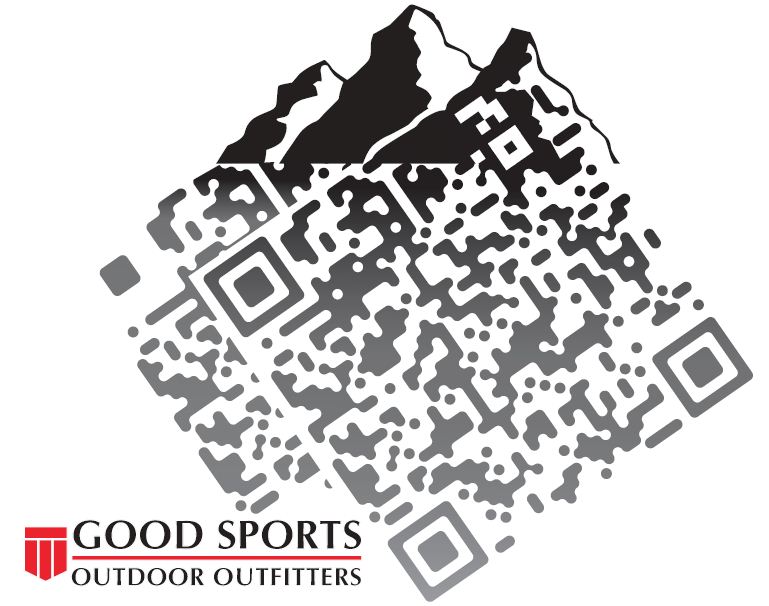Written by Christine Winter
PR/ Marketing Programs Manager
XMPie, A Xerox Company
You may have heard about a study by the Centre for Experimental Consumer Psychology at Bangor University that used Magnetic Resonance Imagery (MRI) scanning to understand how the brain reacts to physical and virtual stimuli. The findings: physical material involves more emotional processing, which is important for memory and brand associations, and produces more brain response connected with internal feelings, suggesting greater “internalization” and aiding of motivation.
For me, this explains why print continues to keep up with new media channels while other traditional ones fade…. why we seem to prefer to receive offers in the mail over online…or why it’s still refreshing to receive a birthday card in the mail vs. a Facebook wall post.
That said, I agree with many that it’s time to start thinking about new and unique ways to make print dynamic and connect it to the digital world. There are some really cool up-and-coming technologies that enable this. I’ve heard of embedding LCD screens into postcards or brochures, and I finally even got to try out augmented reality at this year’s Xerox Rochester International Jazz Festival.
But if you’re not ready to go there, you should consider QR Codes. Believe it or not, QR Codes really are gaining popularity, and they’re cheap and easy to use. A recent Economist article said that three-quarters of American online retailers surveyed by Forrester, a research firm, use QR Codes, and that in April, nearly 20% of smartphone users in America scanned one, up from 14% in May last year.
Several XMPie customers have had great success with QR Codes. For example, when Good Sports Outdoor Outfitters, a family-owned retail store that has been operating in San Antonio, Texas for over 25 years, needed to breathe new life into its marketing efforts, its service provider, the e.f. group, suggested a multichannel campaign that would offer interactive mobile marketing.
A custom, branded QR Code was integrated into a weekly full-page ad in the SA Current and multiple personalized direct mailers, and led to a landing page where the user could opt in to provide a name and email address to receive a coupon via email. Shoppers now had the option to print the coupon or simply show the digital coupon on their phone at the store.
The QR Codes received 335 unique hits, and 202 email addresses were collected through QR Code campaign. Plus, 37 QR Code responders made purchases at the store totaling $4849.34 in sales. Tracking of the campaign provided measurable results for an ROI of 103% for QR Code-generated sales.
Are you realizing success with QR Codes like Good Sports, or struggling for scans? Either way, check out this other blog post for some tips for integrating QR Codes into campaigns.
6 Comments
Comments are closed.



Nice article. It does not however change my opinion that QR codes are something being pushed onto the market by advertising and marketing folks who hope for wide spread adoption with something largely ignored by the general public. Every week I see another round of articles in print industry related media and blogs about how QR codes are the leading edge of print advertising. Implying that if a company is not using QR codes in their marketing they are missing out on big opportunities.
The reason I said nice article in the beginning is that unlike most authors of these articles who site optimistic, woefully incomplete statistical data to make this point, you have given us enough information to actually attempt an estimation at how “successful” this campaign was.
So this is my take. I could be completely wrong, after all figures lie and liars figure. I’ll assume that the numbers presented are the most optimistic take on the situation.
We have a full page ad placed in the SA Current whose published readership is 257,300, plus an unspecified number of recipients of “multiple personalized direct mailers”. We are told 335 people landed on the QR code web site. Which yields a QR code hit rate of a bit less than 13 per 10,000. Of this number 37 people made a purchase. While this is 11% of the folks that used the QR code who made a purchase, overall it represents a sale to only 14 out of every 100,000 people who held the ad in their hands.
The next bit of information is that the total sales from the campaign was $4850 and that this was 103% of the amount spent on the campaign so I will take that to mean that the full page ad and the cost of direct mail pieces was $4710. So the total return from the ad campaign was $140 in sales. To pick an number out of space and assign these sales a 20% margin means that the store made an actual profit on the sales of $28. If someone within the organization at Good Sports spent more than 1 hour on this deal, soft costs of that labor means that the company lost money on this campaign. Maybe the store will see more future sales to some of the 202 customers who were interested enough to provide an email address, but I suspect that most of the folks who responded were folks who were already customers of the store, with few net new customers who saw a QR code and followed through out of the blue.
Some things I’d like to see in this type of article:
> Did the ad also contain an eye readable (and trackable) URL folks could use manually if they did not have a smart phone? This would allow us to compare the return from QR codes over URL’s.
> How does this return compare with the stores other ads which do not use QR codes? How much difference is there in cost? Did the store see more or less sales based on a coupon in the ad rather than a QR code based coupon?
Hi Dave! Thanks for reading and offering your thoughts. However, the results I provided were the results from the use of the QR Code. The campaign did not rely solely on the QR Code; it was just one aspect of one of many touch points with unique personalization effects and relevant offers. In fact, redemptions of personalized direct mail coupons and seasonal promotions resulted in new sales of $61,364. That’s in addition to the more than $4,800 in purchases made by the 37 QR Code coupon responders. So, my take is that including the QR Code in the ads and direct mailers, which is free and easy to do, possibly resulted in additional sales they may have not gained from a traditional ad or print piece. The jury is still out, but I believe QR codes offer customers who are mobile savvy and interested in using them an instant way to get more information about your product, interact with your company, and receive special offers. They also provide a way for marketers to track and measure the success of their direct marketing campaigns.
The campaign won the 2011 American Marketing Association San Antonio Marketing Excellence Award in May 2011 in the under $25,000 budget category (for work that was done through December 2010). And Good Sports was pleased with the campaign. The case study is public via PODi’s case study library. If you’d like to read more about it, you can download it at http://bit.ly/OjCR4c.
Thanks again for your comments! Hope this provides a better prospective.